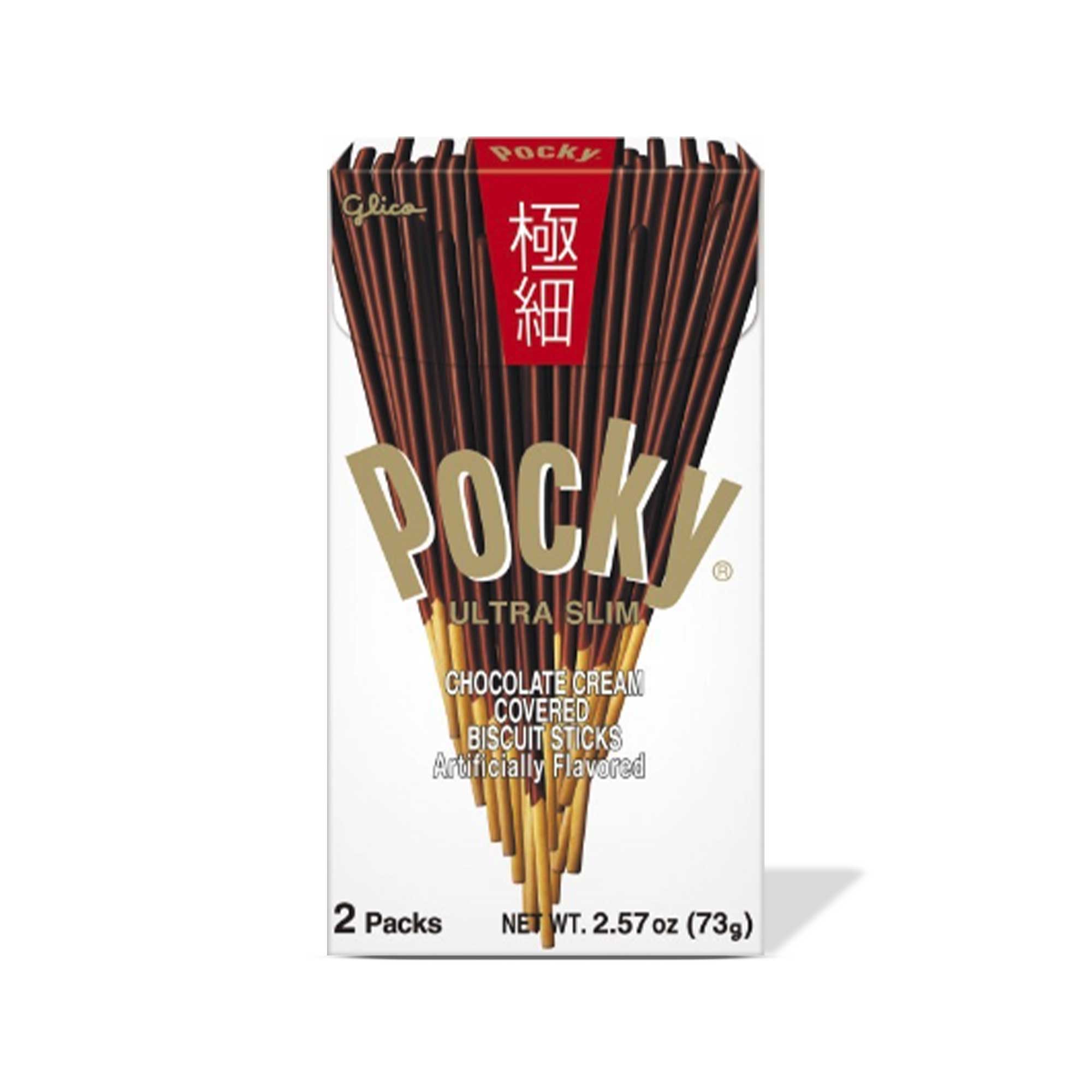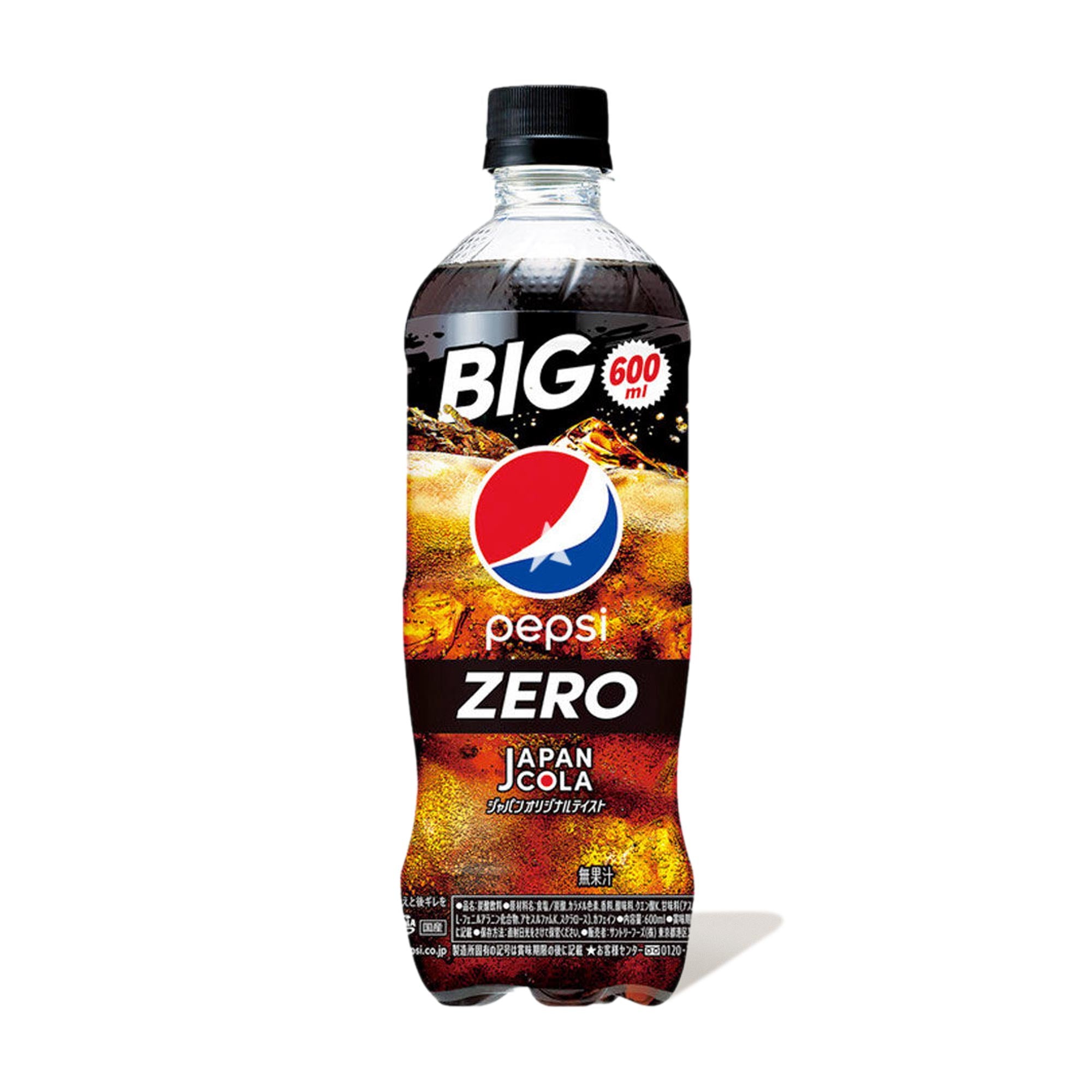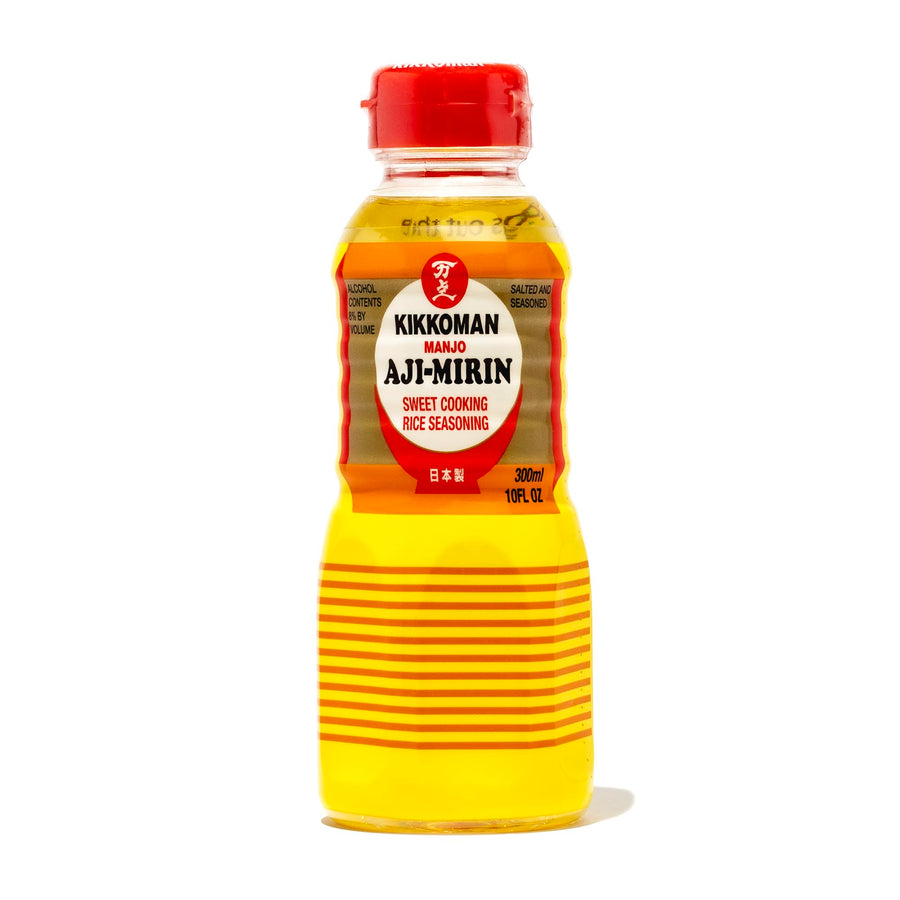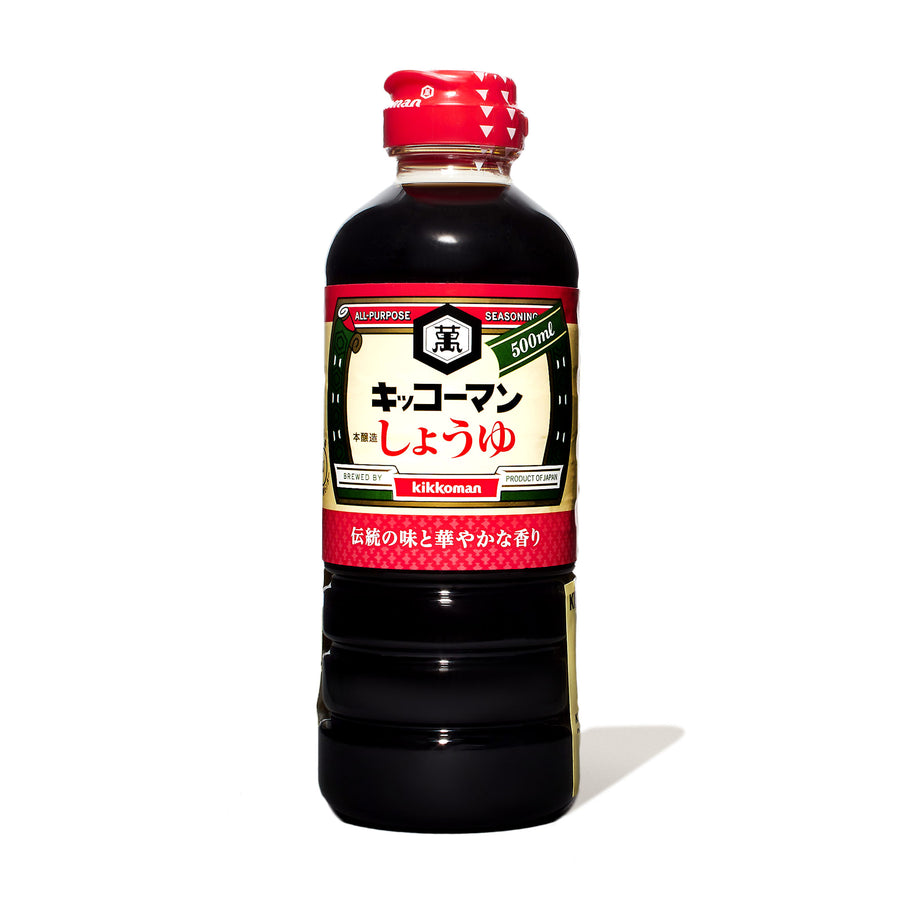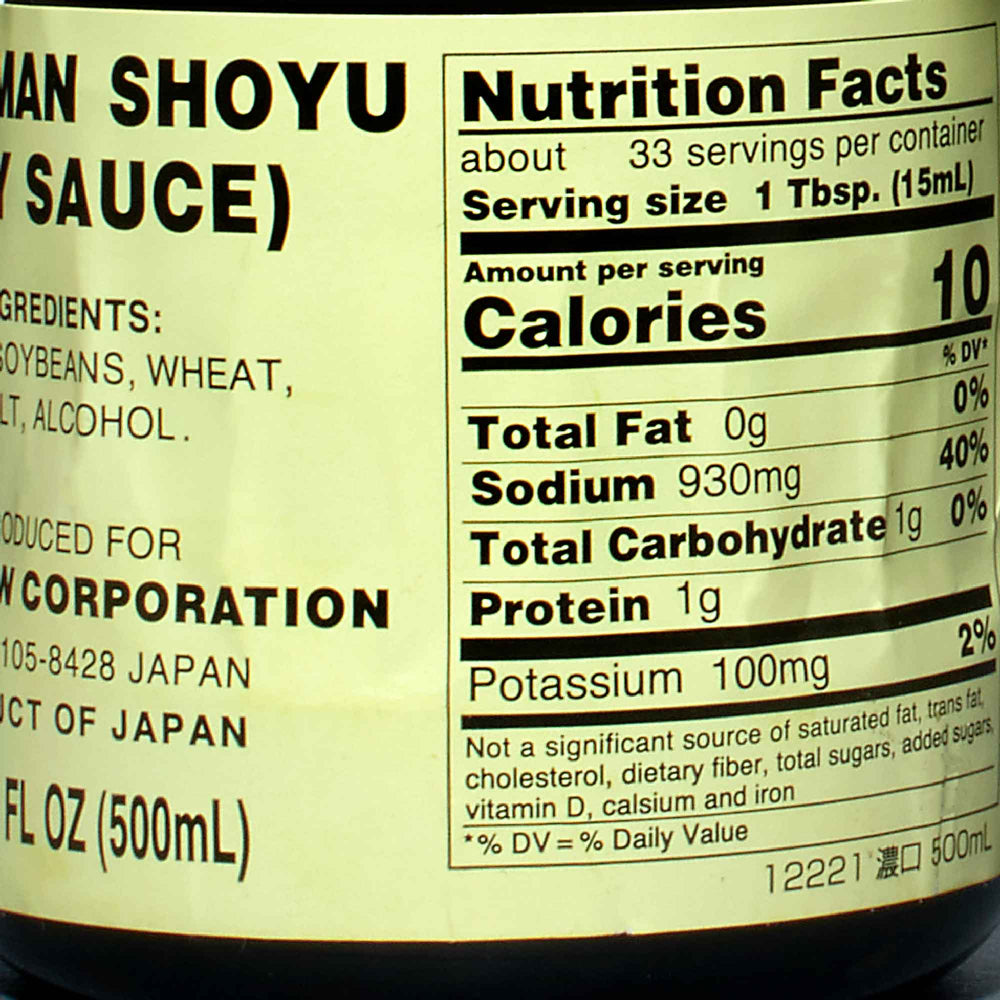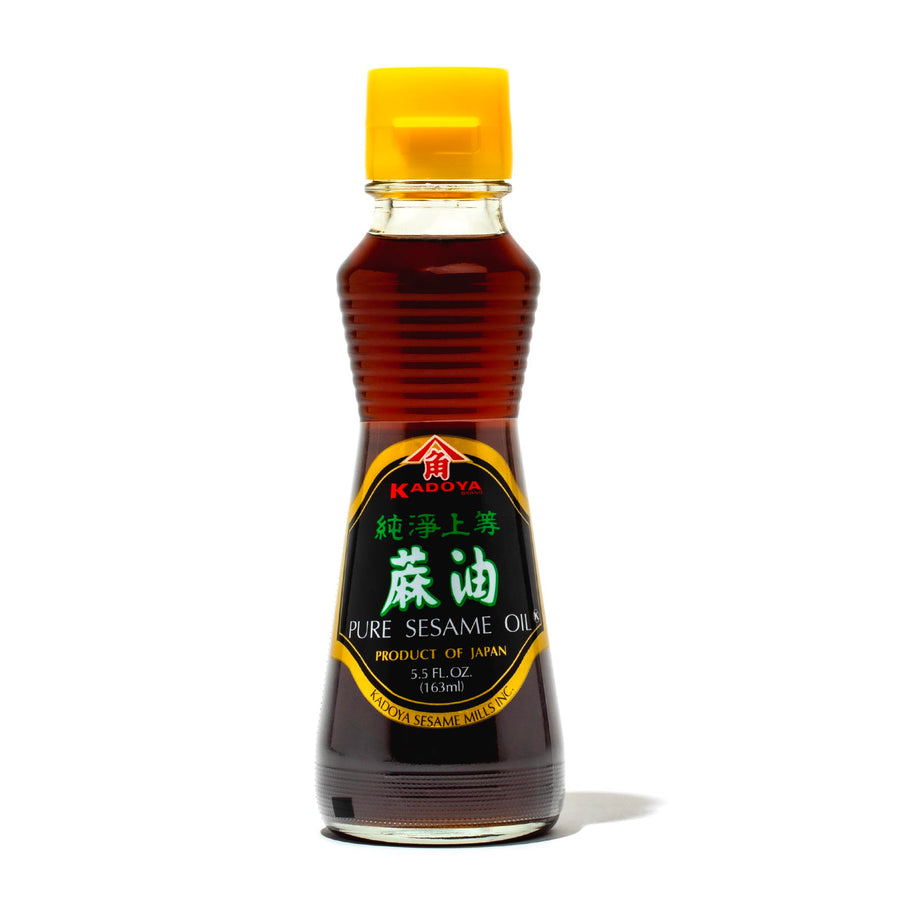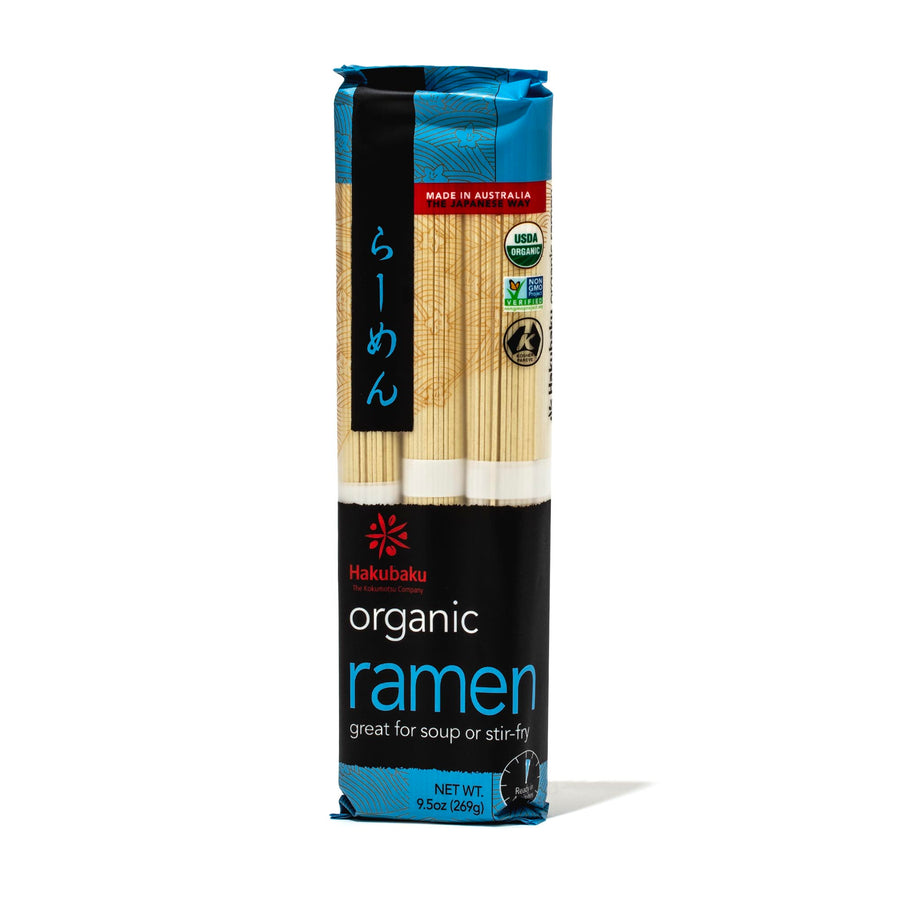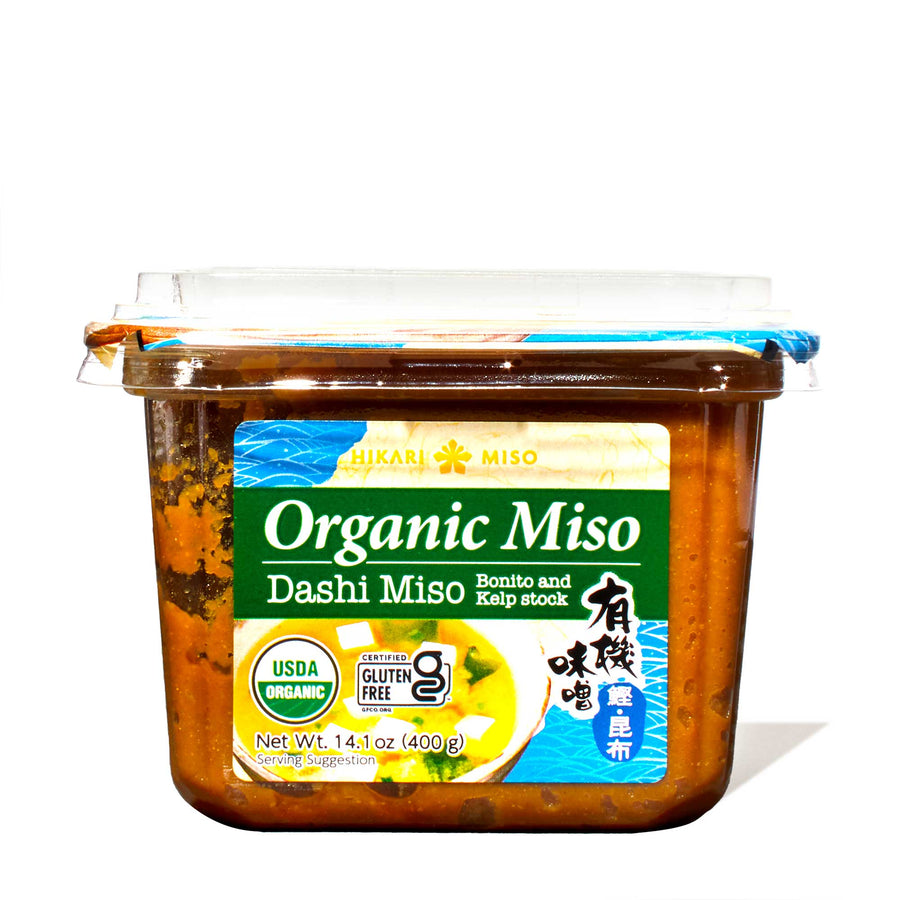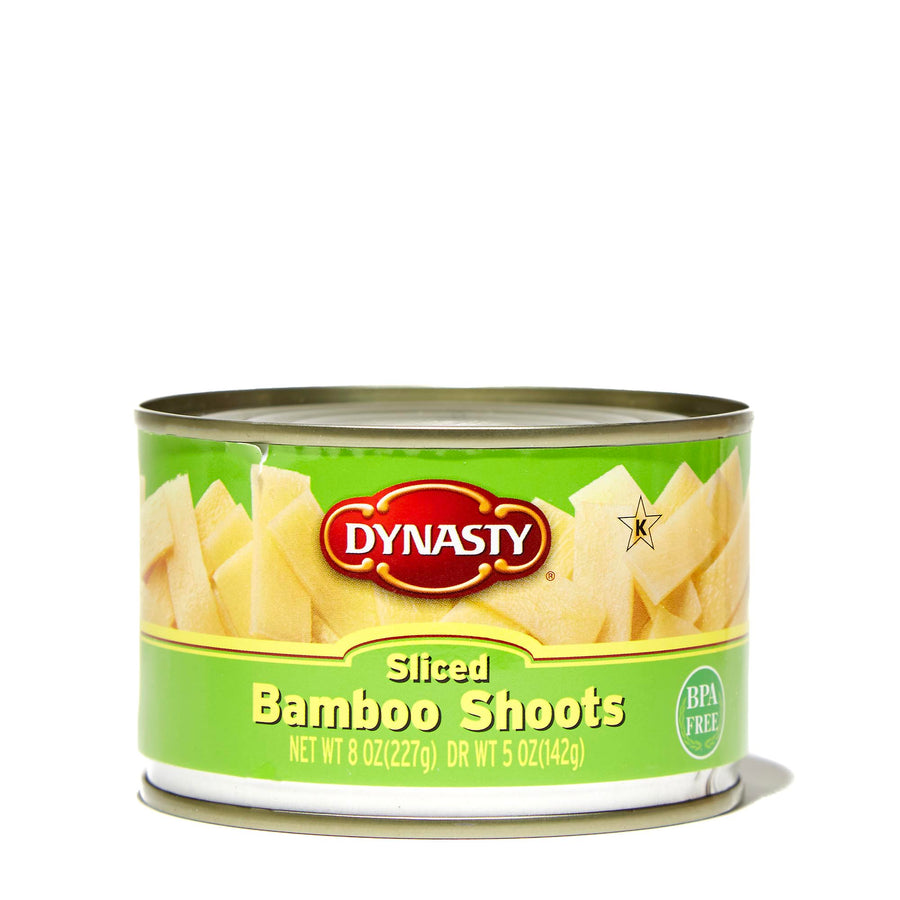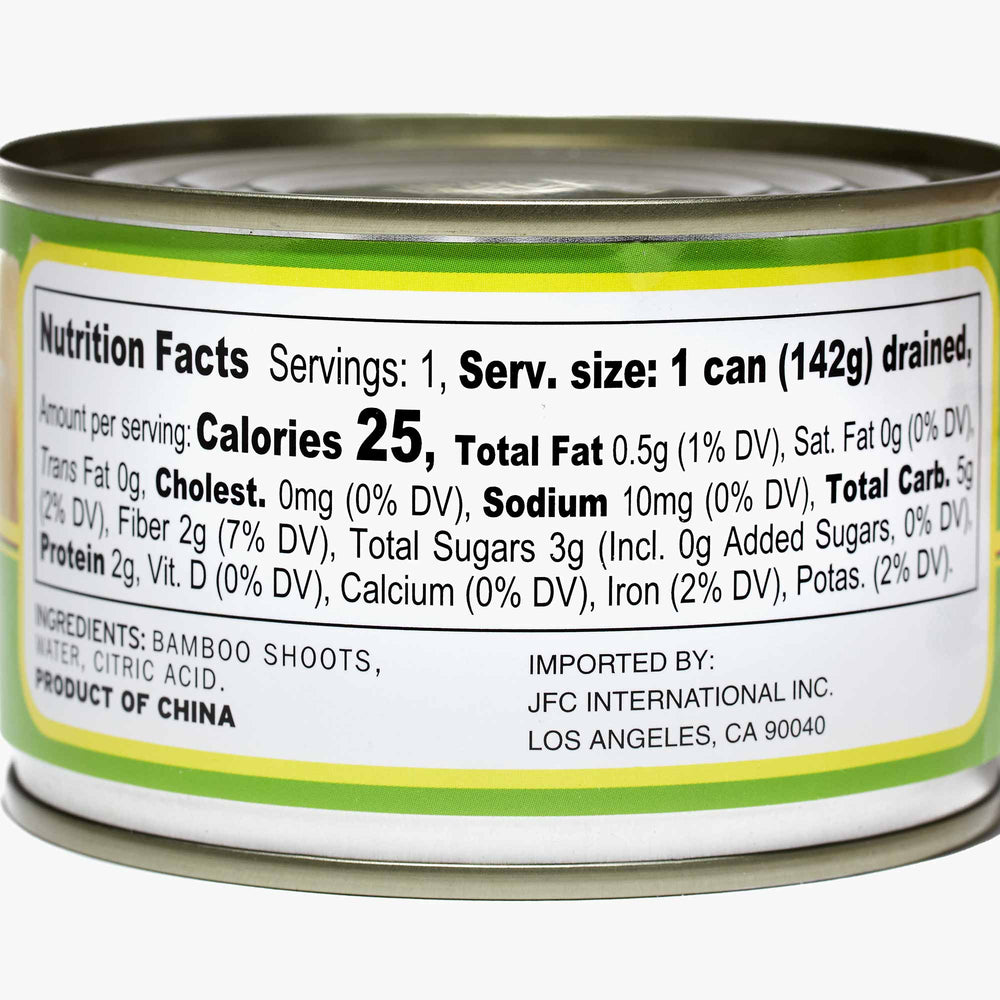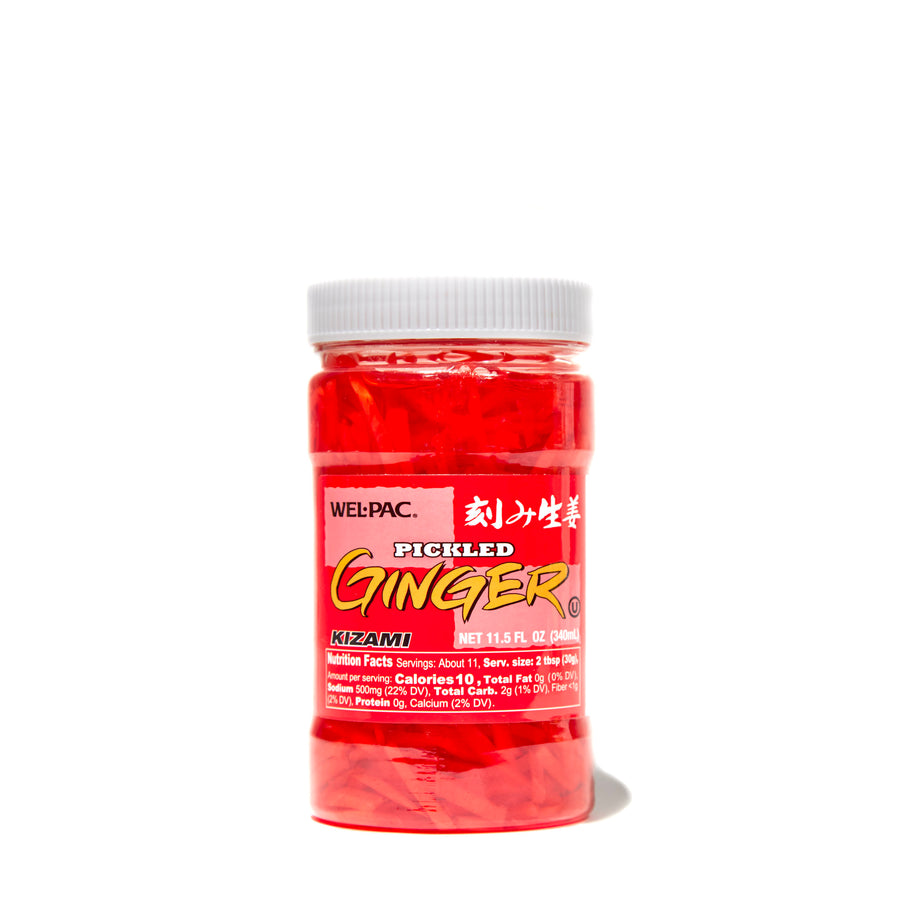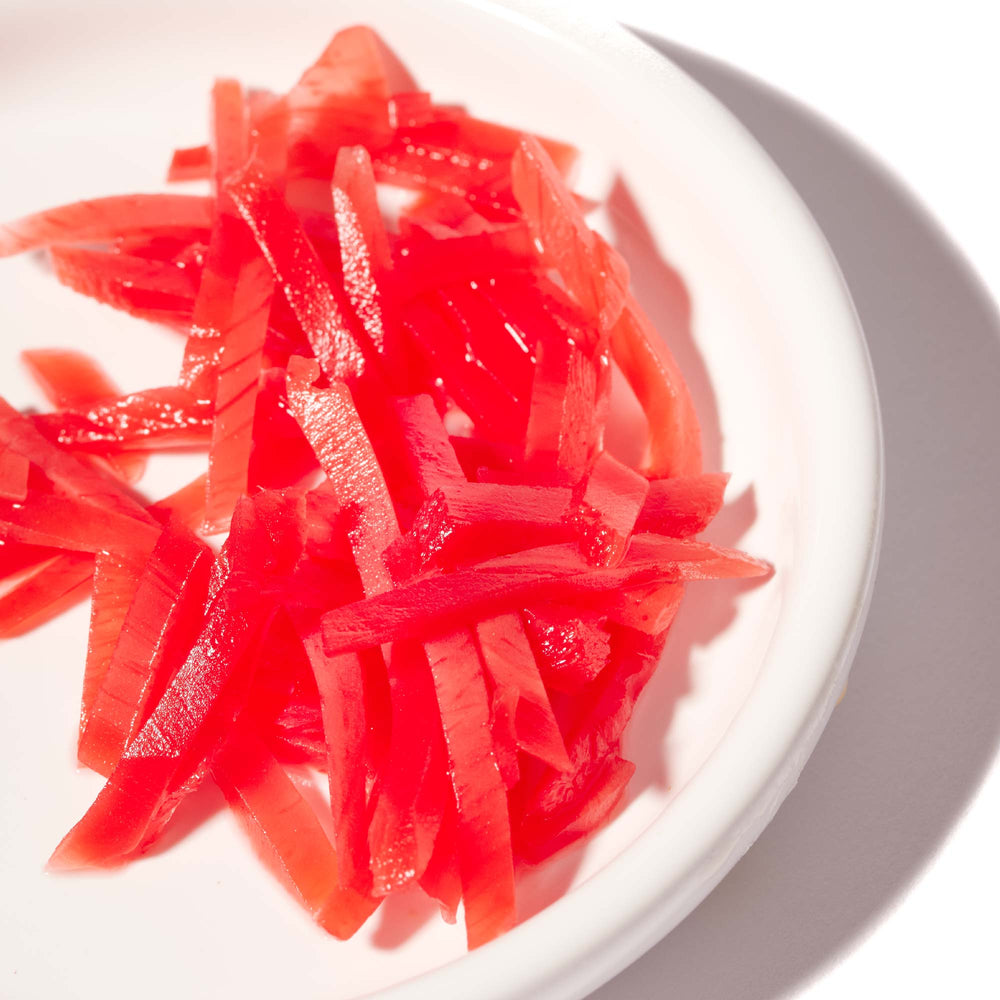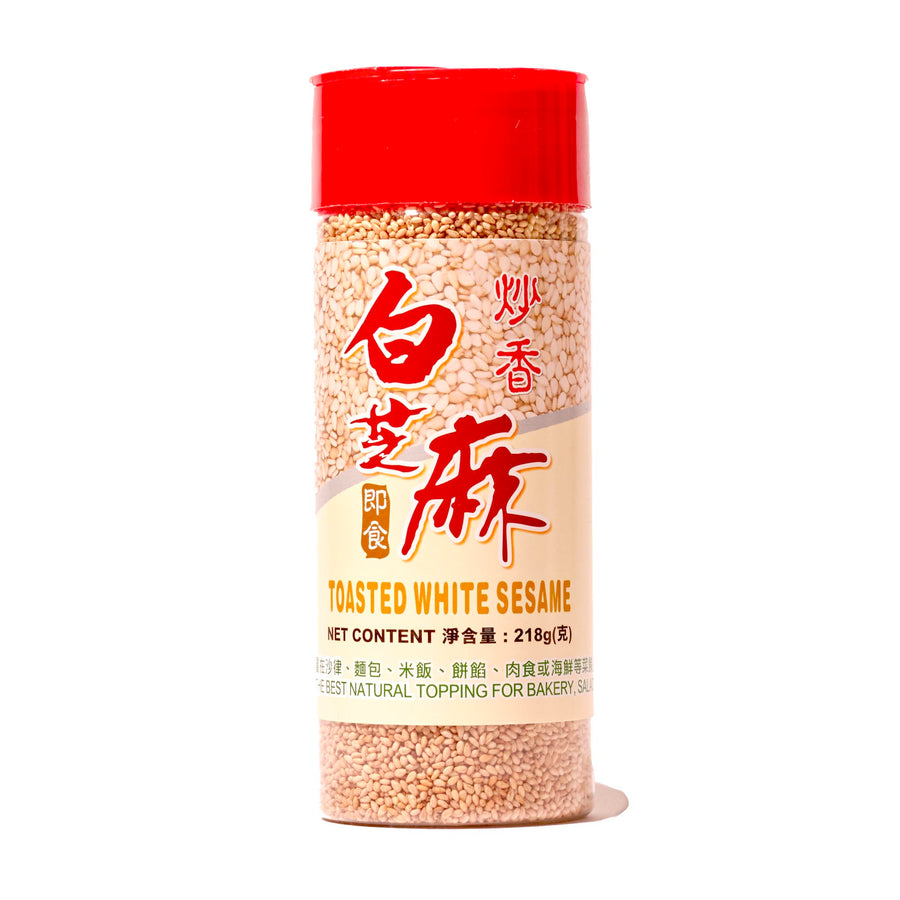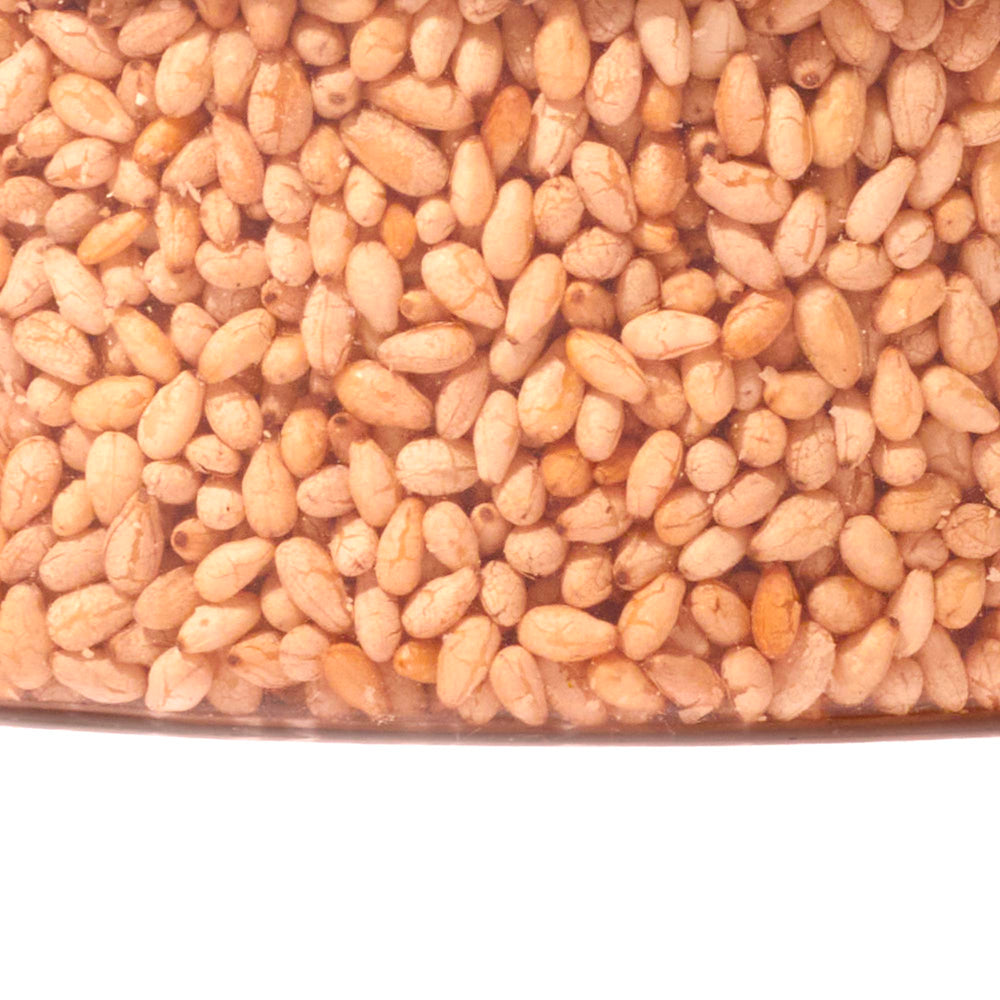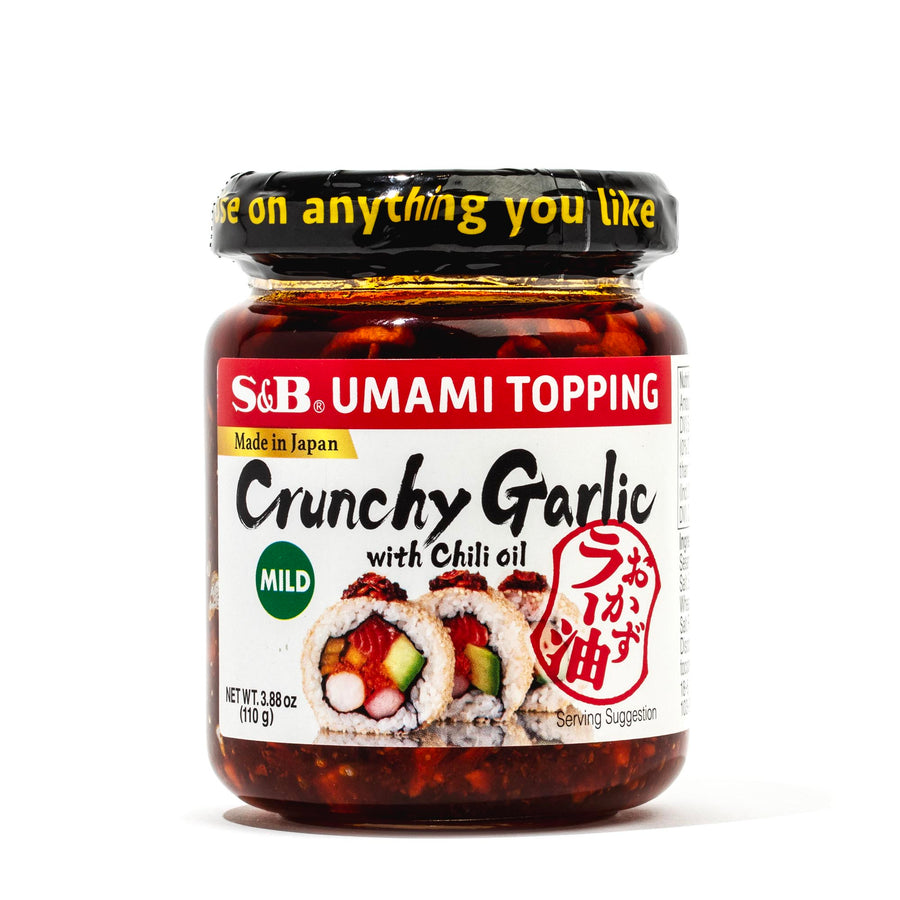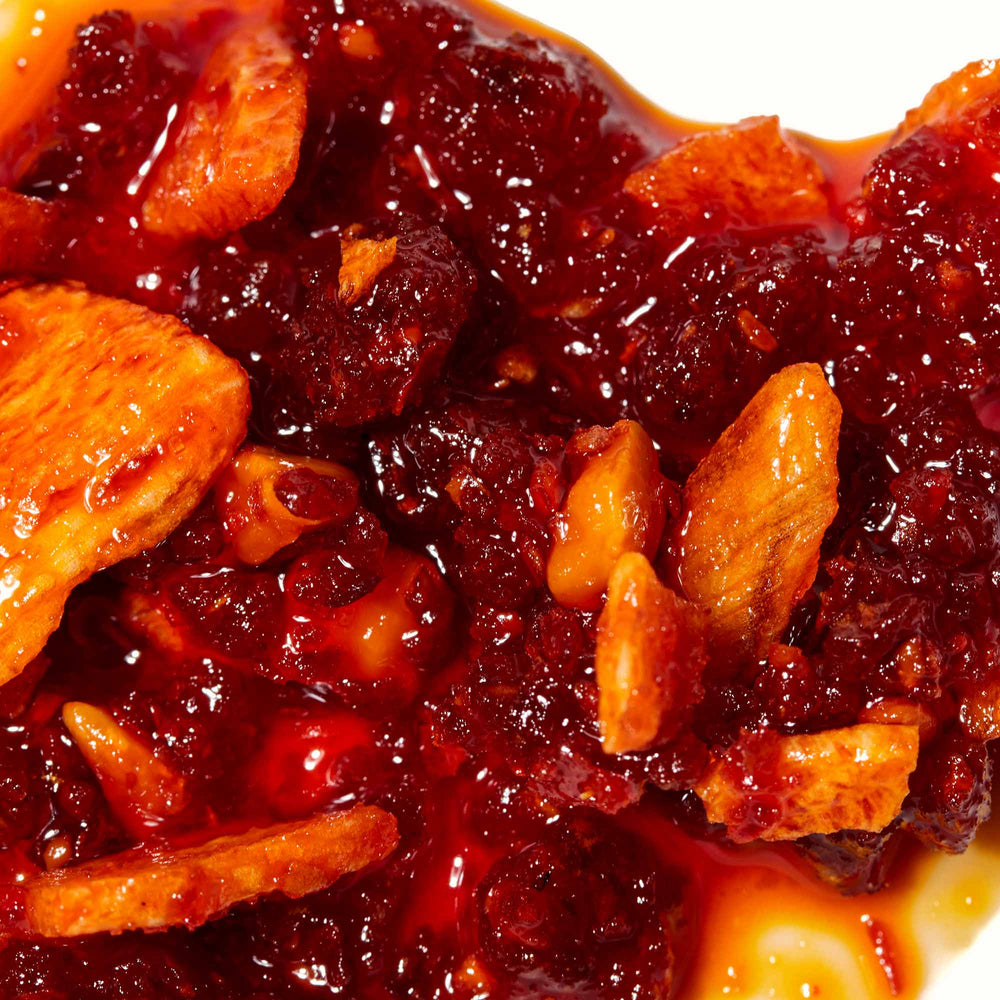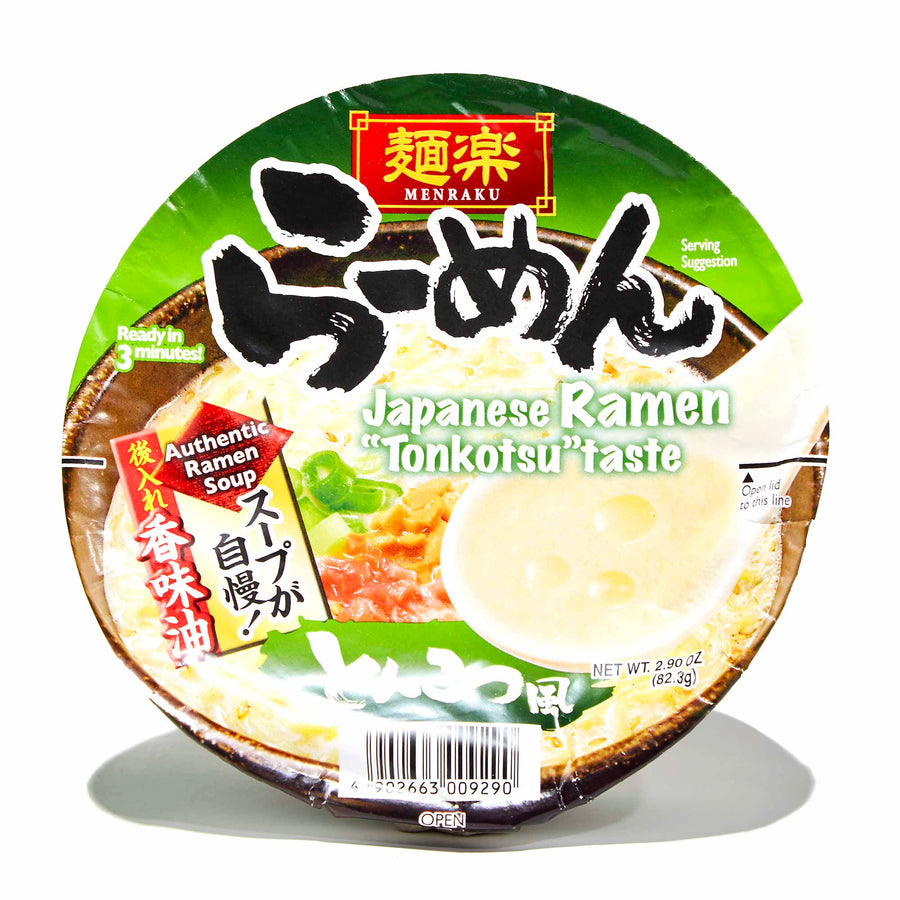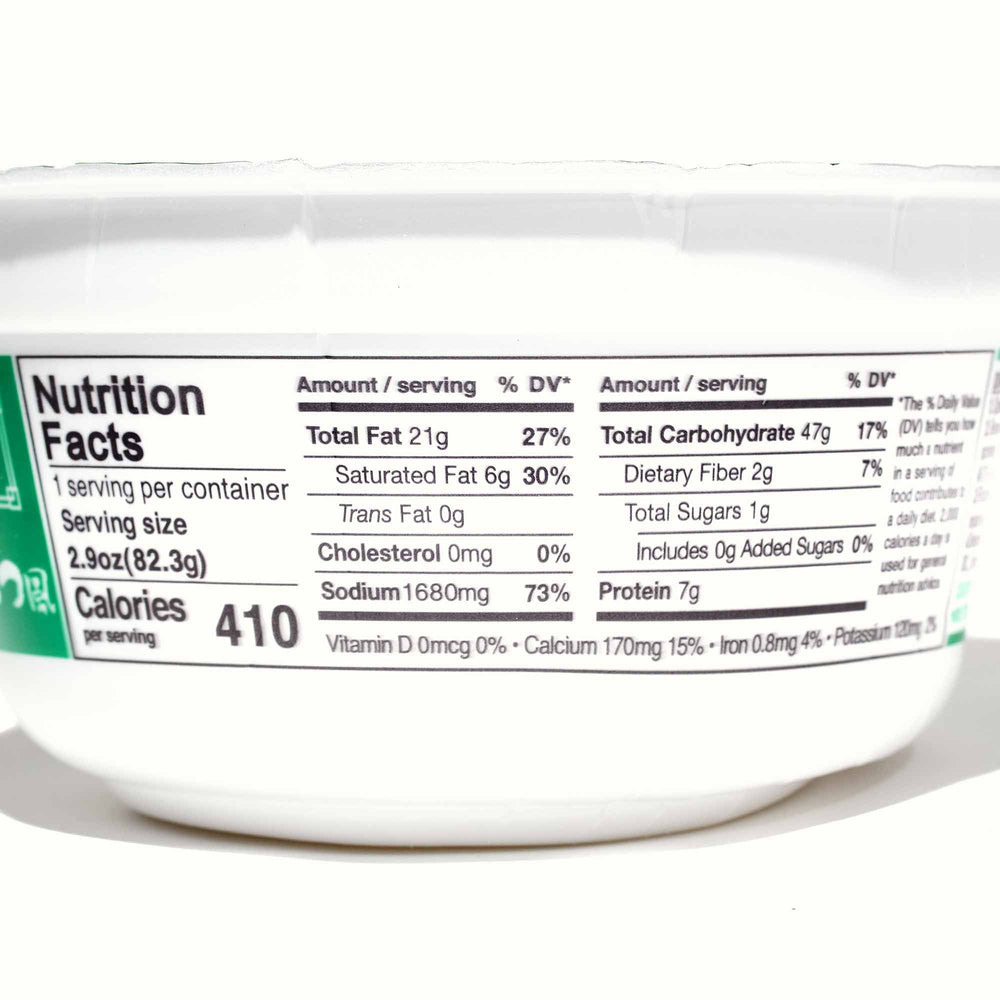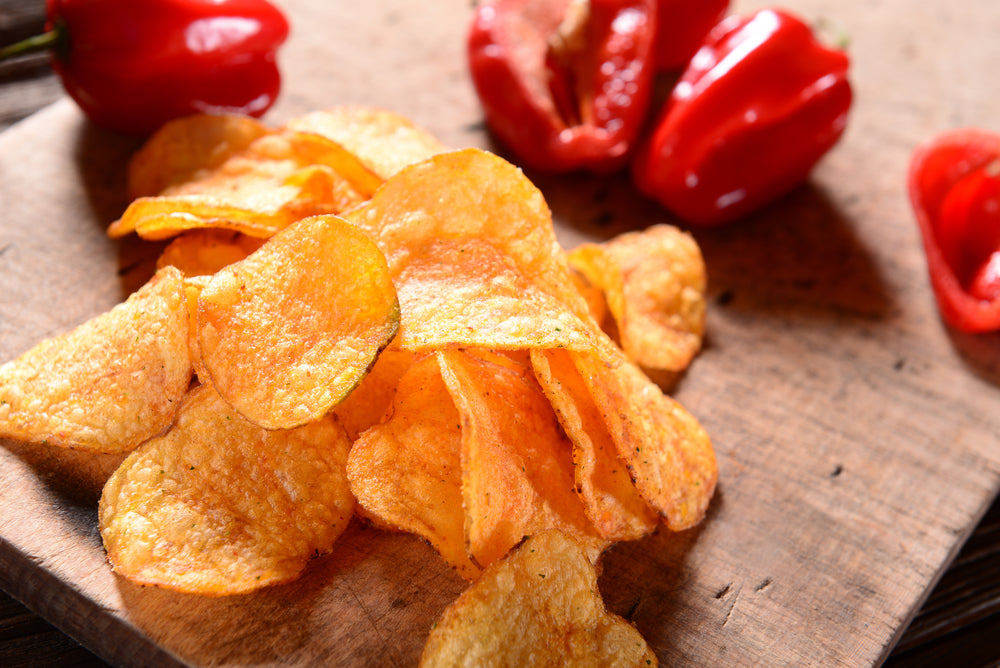Mastering Ramen Toppings: Elevate Your Bowl to Gourmet Heights
Ramen toppings could be the difference between a tasty, umami-rich noodle soup and a bland dish with no depth. Learning the art of ramen ingredients and condiments will elevate your cooking and consistently reward you with delicious meals. Before we explore the various kinds of flavor enhancers, you need to have a clear understanding of ramen as a culinary art form. Let’s dive in!
Ramen: Beyond Just Noodles and Broth

Ramen is a type of Japanese noodle soup. It typically consists of five components: wheat noodles, tare, broth, aromatic oil, and toppings. There is such a wide variety of ramen that making new recipes has become a culinary art form. Any ramen recipe is based on differences in those five components, especially the tare and broth. People all over the world enjoy ramen every day, but no country loves noodle soup as much as Japan. Japanese street vendors and restaurants commonly sell ramen as fast food. Note that every region has its own style of making ramen.
Gain enough knowledge and you too could get creative with ramen. Stick around as we explore all of the five key components and other vital information about authentic and flavorful ramen.
The Foundation of Flavor: Understanding Tare
Tare is one of the core ingredients in traditional Japanese ramen. It’s a sauce that adds seasoning to ramen broth. There are mainly three types of tare, and we’ll reveal more about them below.
-
Shio: In direct translation, this is the Japanese word for “salt.” However, shio is a lot more when you consider its practical use. The components that make up tare are salt, a cooking alcohol like mirin, and an umami-rich ingredient like kombu. You can get a less-alcoholic alternative to mirin with Kikkoman Manjo Aji-Mirin.
-
Shōyu: This is also called soy sauce. You can buy a bottle of soy sauce from the store or make one at home.
-
Miso: This is soybean paste that is used as tare for ramen. It brings the most unique taste to ramen, compared to the other two.
The Role of Tare in Ramen
Tare added directly to ramen will infuse flavor depth into the broth, which is a key part of the dish. Its major role is to bring umami, saltiness, and a taste of seafood to the ramen noodles. That is why you need to be careful when getting your tare. Kikkoman Soy Sauce is an authentic Japanese tare that plays all of its roles well.
Aromatic Oils: The Secret to a Fragrant Ramen Experience

Unlike essential oils, aromatic oils are mainly used for their pleasant fragrance. They can be natural or synthetic. However, aromatic oils also affect the taste of whatever dish they grace. Those made from sesame seeds, lavender, and peppermint can be classified as aromatic.
Toasted Sesame Oil and Beyond
Let’s discuss the variety of oils used to infuse aroma into ramen.
-
Toasted sesame oil: The toasted sesame oil is more suitable for ramen than the regular version. Its darker color and stronger flavor make it the perfect addition to any noodle soup.
-
Mayu: This is often called black garlic oil. It’s made by burning garlic in hot oil.
-
Olive oil: Typically added with extra salt, garlic, and pepper, olive oil is a healthy addition made from whole olives.
-
Chili oil: This is an aromatic and chili-infused oil that adds extra spice to the ramen.
Of the four options above, toasted sesame oil is considered the best by many Asian people. To guarantee that you get that nutty aroma, use Kadoya Pure Sesame Oil. It has an excellent fragrance that blends perfectly with any type of ramen.
Choosing the Right Ramen Noodles

Noodles are the backbone of ramen broth. They are made from wheat flour, water, kansui, and salt. Kansui is an alkaline mineral water that has a massive impact on the look, texture, and taste of ramen. It contains sodium carbonate or potassium carbonate, although the former is more common. Store-bought ramen comes with a premade noodle and broth pack but homemade ramen requires you to prepare the noodle soup. You can also buy the noodle individually from the store and use it for any soup of your choice.
There are basically two types of ramen noodles: high-alkaline and low-alkaline noodles. The differentiation depends on the amount of kansui used in the noodle. High-alkaline ramen noodles are lighter and thinner than low-alkaline noodles. They also have a brighter color and more wheat flavor. If you’re making the noodles from scratch, you should understand how the water-to-flour weight ratio affects the final results. The higher the ratio, the softer and chewier your noodles. For instance, 1:3 is soft and 2:3 is hard. We can also classify ramen noodles as wheat and non-wheat, gluten and gluten-free, as well as organic and instant.
Ramen Noodles: The Backbone of Every Bowl
Your choice of ramen type has a big impact on the entire soup bowl. Non-wheat or gluten-free ramen noodles serve as a healthier version for people who have issues with gluten. Instant ramen is great for a quick meal, but the organic version is a lot healthier. Take Hakubaku Organic Ramen Noodles as the perfect example. It contains less sodium, more flavor, and fewer calories than the average instant noodle.
The Heart of Ramen: Broth Types Explained
Ramen broths are mostly classified according to the type of seasoning used. It’s next to impossible to cover all of the ramen broth types because people all over the world are coming up with new recipes. However, four of them stand out among all of the others.
Miso, Shoyu, and More: Crafting the Perfect Ramen Broth
Below is a quick guide to the different broth types.
Miso Ramen: Miso is fermented soybean paste and the key ingredient for this kind of broth. It was invented in Sapporo, the capital city of Hokkaido, Japan. Miso ramen is a thick, umami-rich option. When making ramen using miso broth, remember that it pairs well with toasted sesame oil, white pepper powder, and chicken broth. You can use Hikari Miso Organic Miso if you want to make homemade ramen broth in a few minutes. It contains kelp and bonito dashi, which will add more umami to your meal.
Shoyu Ramen: This ramen broth uses soy sauce as the main seasoning. It’s the most popular broth option in several Japanese regions, especially Tokyo, where it was first invented. Shoyu ramen also tastes fantastic mixed with chicken broth.
Shio Ramen: This is the saltiest on our list. Typically made with Japanese dashi, shio ramen pairs well with chicken and pork broth. Feel free to use only chicken or pork, but the best taste comes from a combination of both.
Tonkotsu Ramen: Born in Kyushu, this is a creamy broth made with simmered pork bones. The bones are heated for several hours until they release collagen, forming a thick coat.
Main Focus: Elevating Your Ramen with Toppings

You can make and eat ramen without any toppings, but doing that would rob you of the opportunity to enjoy the true culinary essence of ramen noodles. Toppings are an essential piece of the puzzle. They allow you to customize ramen to the preferences of your taste buds. The flavors they bring to the table are the reasons for ramen’s global popularity.
Popular Ramen Toppings: A Guide to Gourmet Creations
Here’s our list of the most beloved toppings in ramen cuisine.
-
Chashu: Thin and tender pork belly slices or chashu, are one of the most popular ramen toppings in the world. Some chashu variations are made from chicken, duck, or beef.
-
Tamago: In English, tamago means “egg.” The popular ramen egg topping, ajitsuke tamago, or ajitama, is boiled and seasoned with soy sauce.
-
Nori: Sheets of dried seaweed (nori) bring a salty umami flavor to ramen dishes. You may also use another type of seaweed called wakame.
-
Chili Oil: Add extra spice to your ramen with delicious Japanese chili oil (rayu or layu).
-
Tofu: Vegans looking to add flavorful toppings to their ramen can always rely on tofu. You may cut them into cubes and add soy sauce.
-
Seafood: Various types of seafood make good ramen toppings. You should try shrimps, prawns, scallops, clams, and tilapia. See which one you like best!
Protein Power: Pork Belly and Other Meats
Enrich ramen with high-protein toppings like pork, beef, flounder, prawns, bacon, ham, shrimp, and clam. They add both flavor and bulk to the dish.
The Richness of Pork Belly in Ramen
Pork belly is not just a rich source of protein but also an ingredient that elevates the taste of several Japanese traditional dishes, including ramen. Chashu is the most common form of pork belly topping added to ramen. It’s such a beloved treat that the Japanese have coined a nickname for chashu used as ramen topping: “chashu-men.” It’s made from sliced and seasoned pork belly. Kakuni, or Japanese braised pork belly, is the closest alternative to chashu. Others are pork shoulder, pork bacon, duck bacon, and goose meat.
Vegetable Varieties: Green Onions, Bok Choy, and More
Veggies also taste great on ramen. You can pair them with meat or eat them alone as a vegan option. Some of the best vegetables for ramen toppings are green onions, bok choy, spinach, carrots, and tofu.
Bok Choy and Green Onions: Adding Freshness and Crunch
In Japan, negi, or chopped green onion, is a recognized ramen topping. It brings a unique texture to the noodles and functions as a mellow garnish. Coating negi with chili oil produces a spicier and more flavorful topping called karanegi.
White cabbage from China, bok choy, is used to add a slightly bitter flavor and crunchy texture to ramen. Feel free to deepen this flavor by pre-cooking bok choy in toasted sesame oil.
The Crunch Factor: Bean Sprouts and Bamboo Shoots
Many Japanese food lovers will agree that crunchiness makes savory food more satisfying. The crunch factor engages more of our senses. You can add it to ramen by topping it with veggies like bamboo shoots and bean sprouts.
Fermented Bamboo Shoots: A Unique Taste Sensation
The Japanese condiment, menma, contains fermented bamboo shoots. Menma has a nutty taste and crunchy texture. It’s rich in fiber, making ramen more satisfying. Like bean sprouts, fermented bamboo shoots make fantastic, crunchy vegetarian toppings. You can get Dynasty Sliced Bamboo Shoots right away and use them in your next bowl of ramen.
Pickled Delights: Ginger and Spicy Mustard Greens
Some of the most unique toppings are made from pickled delights like ginger and mustard greens. They are tasty, crunchy, and healthy.
Spicy Pickled Mustard Greens and Pickled Ginger: A Burst of Flavor
Ginger improves the taste of ramen, particularly in the form of Beni Shōga, a Japanese red pickled ginger. It adds an extra layer of crunch and balances out the ramen flavors with sour notes. You can slice or grate the ginger before adding it to the dish. There’s also an easier method, which involves getting Wel-Pac Kizami Shoga Shredded Pickled Ginger. Your ginger will be ready to eat straight out of the bottle. Another noteworthy topping in this category is pickled mustard greens. They add a spicy kick to the dish while treating you to their satisfying crunch.
Seaweed and Sesame Seeds: A Touch of the Sea and Earth
Seafood ingredients have been a staple of Japanese cuisine for years. You’ll find seaweed and furikake (made from sesame seeds) in a variety of dishes and condiments. Ramen can also benefit from the value they bring to any table.
Seaweed: Bringing the Ocean to Your Bowl
Seaweed is one of the healthiest ramen toppings you can find on the market. From nori to wakame, these ingredients always make food taste better for lovers of umami. Make sure you never run out of these seafood ingredients. You can easily get premium nori seaweed sheets and toasted sesame seeds at Bokksu Market.
The Spice of Life: Chili Oil and Sesame Seeds
How spicy should ramen be? The correct answer is: as spicy as you want! The easiest way to modify or enhance spice in ramen is to use chili oil as a topping.
Chili Oil: Turning Up the Heat
The typical chili oil is made from toasted sesame seeds turned into oil. They also include pepper, garlic, and other spices. Some chili oil products, such as the S&B Rayu add both spice and crunchiness to a hot ramen bowl.
Instant Ramen Transformation: From Quick Meal to Gourmet Experience

Gone are the days when pre-cooked ramen was only eaten to satisfy hunger and not for culinary enjoyment. Toppings allow you to maintain the efficiency of instant ramen and add exquisite flavors to what would otherwise be a bland dish.
Upgrading Instant Ramen with Gourmet Toppings
Here are some tips for using these toppings to elevate instant ramen:
-
Use sauces and condiments as toppings if you don’t want to cook.
-
Add vegetables to your toppings for a healthier mix.
-
Toppings of eggs are best paired with proteins.
Ramen Toppings for Every Palate
With such a massive abundance of options, it’s safe to say that there’s a ramen topping for everyone. Let’s help you find your favorite.
Customizing Your Bowl: A Guide to Personalized Toppings
Do not rely solely on what others say about a particular topping. We urge you to experiment with toppings based on personal taste preferences instead. Start by trying different types of ramen before experimenting with additional ingredients. Worried about cooking time? Instant ramen options like Hikari Menraku Ramen Bowl: Tonkotsu don’t take long to cook and enjoy.
The Art of Ramen Toppings: Your Bowl, Your Masterpiece
Toppings are vital to the craft of making perfect ramen. Follow your instincts and feel free to switch between recipes whenever you crave something different. With the help of instant noodles, you only have to spend a few minutes preparing the toppings. As you get more familiar with key ingredients and recipes, be sure to stock them in your kitchen. They should always be available for your next bowl of delicious ramen.
Author Bio


